In Newcastle
1. Grainger Town
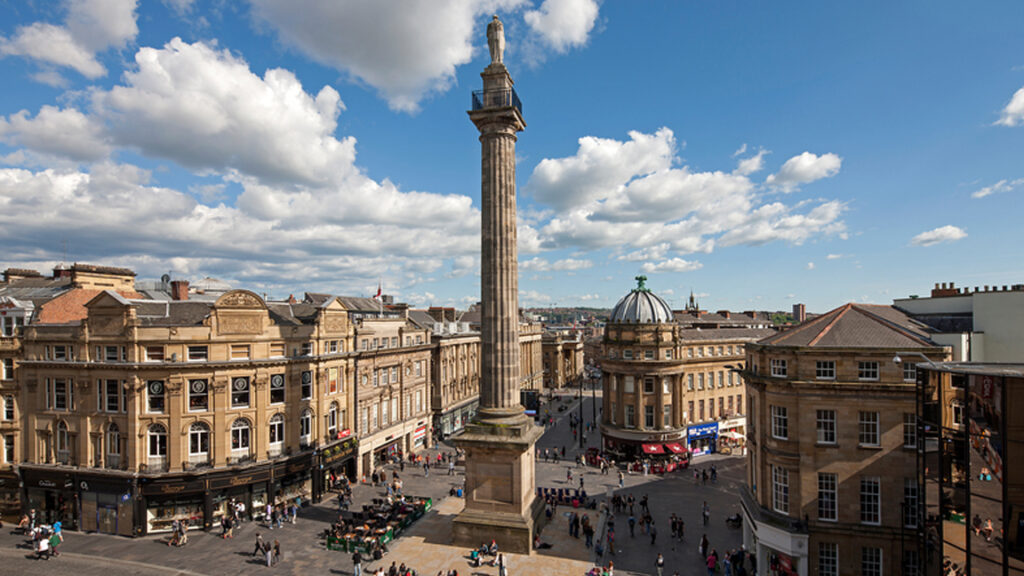
Grainger Town is the historic heart of Newcastle upon Tyne, designed in the 1830s by the internationally renowned Richard Grainger. The area includes Grey’s Monument, Grainger Market, Theatre Royal, Grey Street, Grainger Street and Clayton Street. 40% of buildings in the area are listed as being of historical and architectural importance.
2. Jesmond Dene
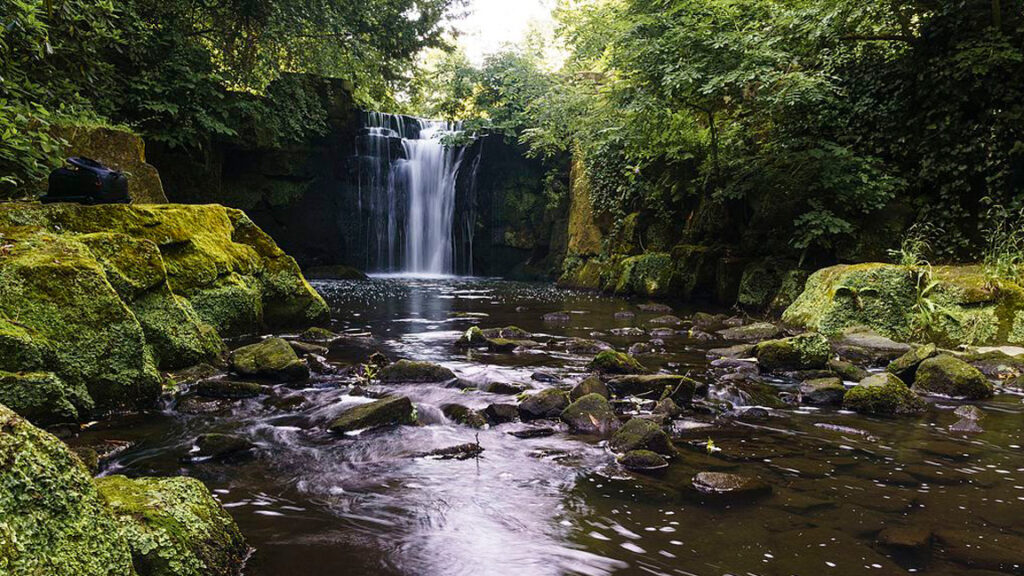
A public park in a long, narrow valley carved by the Ouseburn river. Lord Armstrong first laid out the park during the 1860s. The design is intended to reflect a rural setting, with woodland, crags, waterfalls and pools. Lord Armstrong gave the park to the people of Newcastle in 1883.
3. Castle Keep
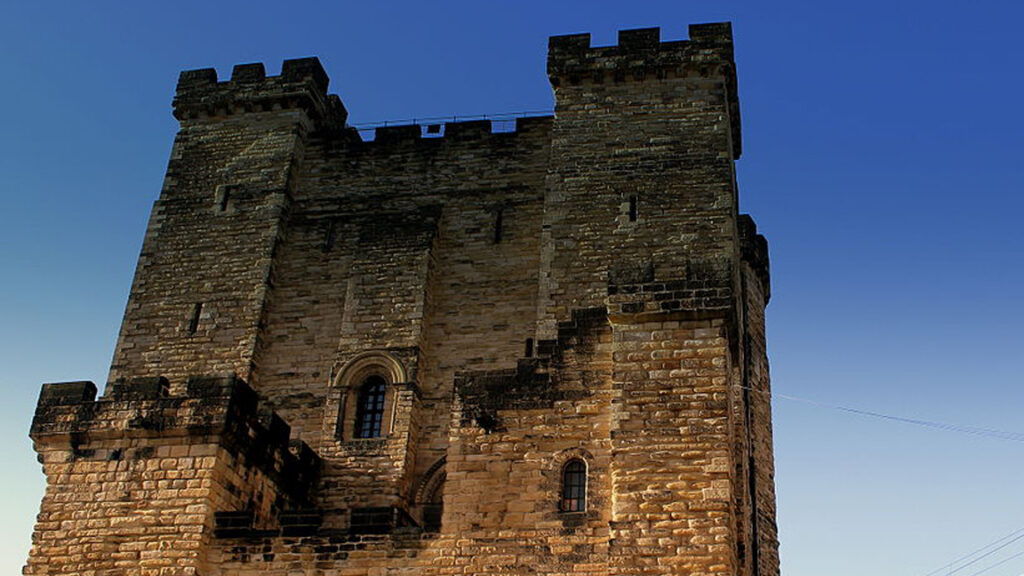
Newcastle Castle is a medieval fortification built on the site of the fortress that gave the city its name. The most prominent remaining structures on the site are the Castle Keep, the castle’s main fortified stone tower, and the Black Gate, its fortified gatehouse.
4. Ouseburn
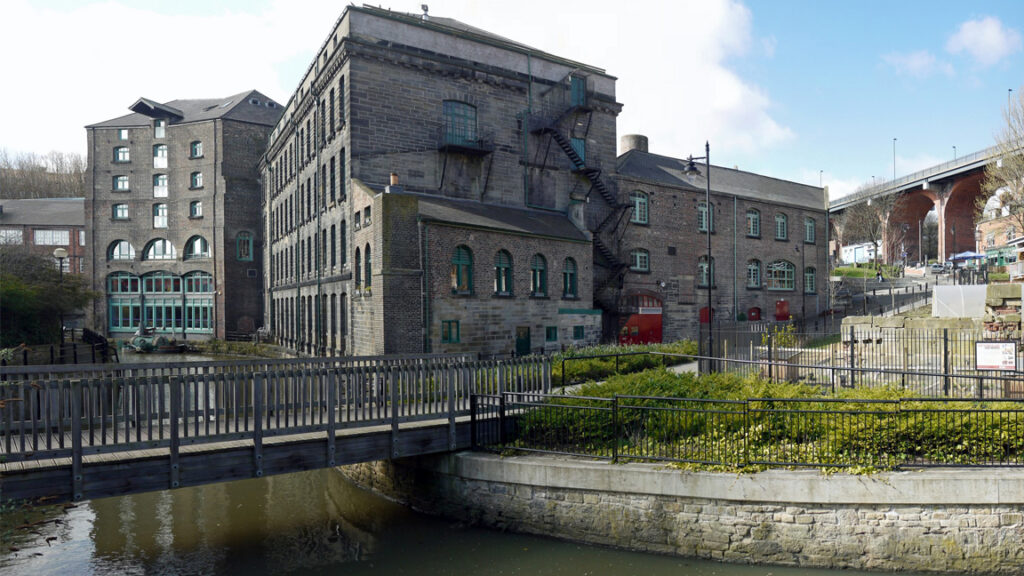
Formerly a run-down industrial and warehousing area, Ouseburn is now newcastle’s cultural hub. It is a small densely packed area filled with small bars and breweries, artist studios and even a city farm. The National Centre for Children’s Books, Seven Stories, is also located here.
5. Quayside at Night
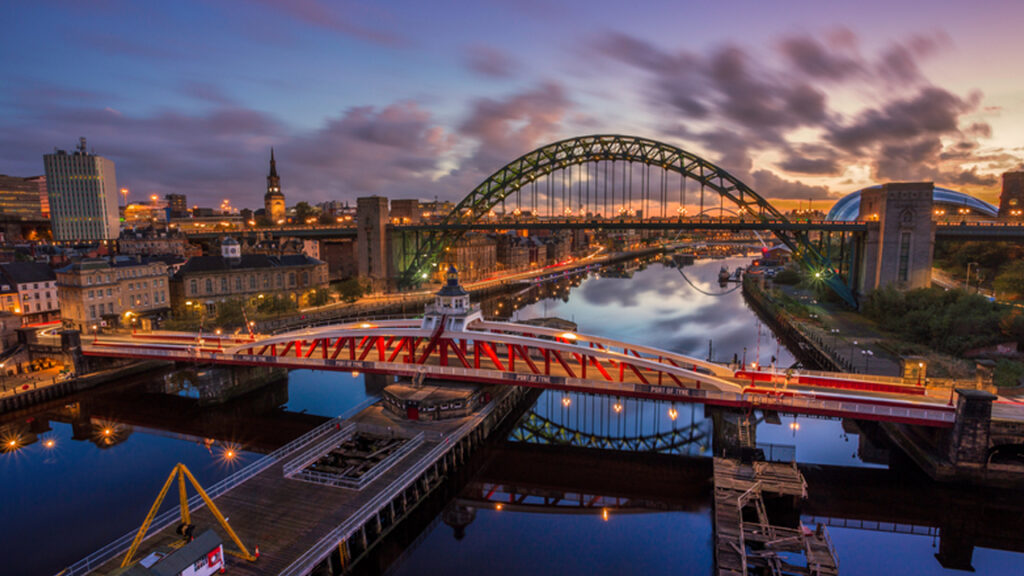
The area was once an industrial area with busy commercial dockside serving the area. The docks became run-down, and the area has since undergone heavy regeneration to provide a modern environment for the modern arts, music and culture. It’s especially vibrant at night with Newcastle’s many bridges lit up.
Further Afield
1. The Coast
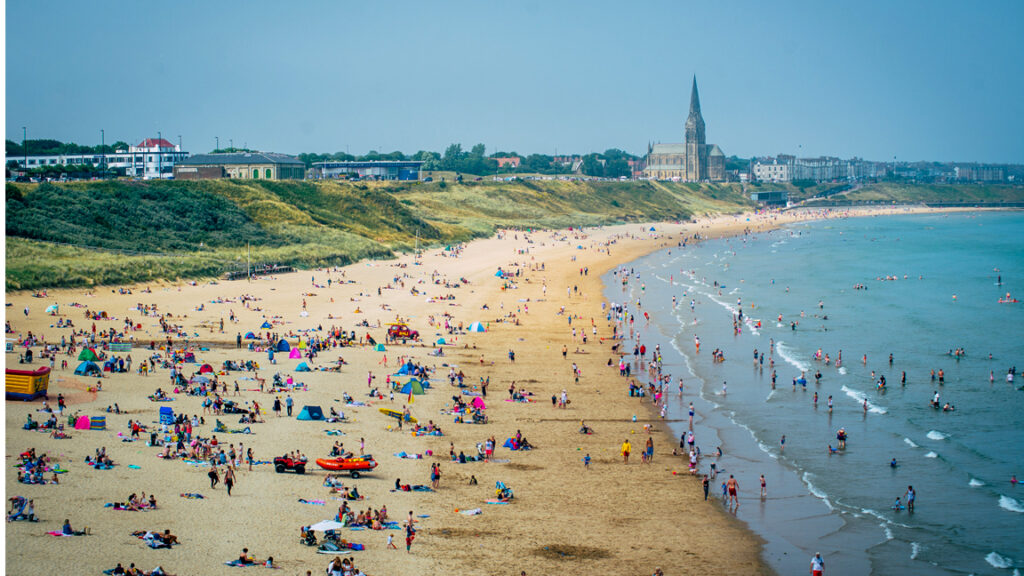
Easily accessible on the Metro from the city, there are a number of bays and beaches that stretch from Tynemouth to the south and St Mary’s Island to the north. In good weather, the coast becomes very popular with day trippers from Newcastle – especially Tynemouth and Cullercoats.
Any of the Metro stations along the coast are within easy walking distance of the beaches and will take no more than 30 minutes from the centre of Newcastle.
2. Alnwick
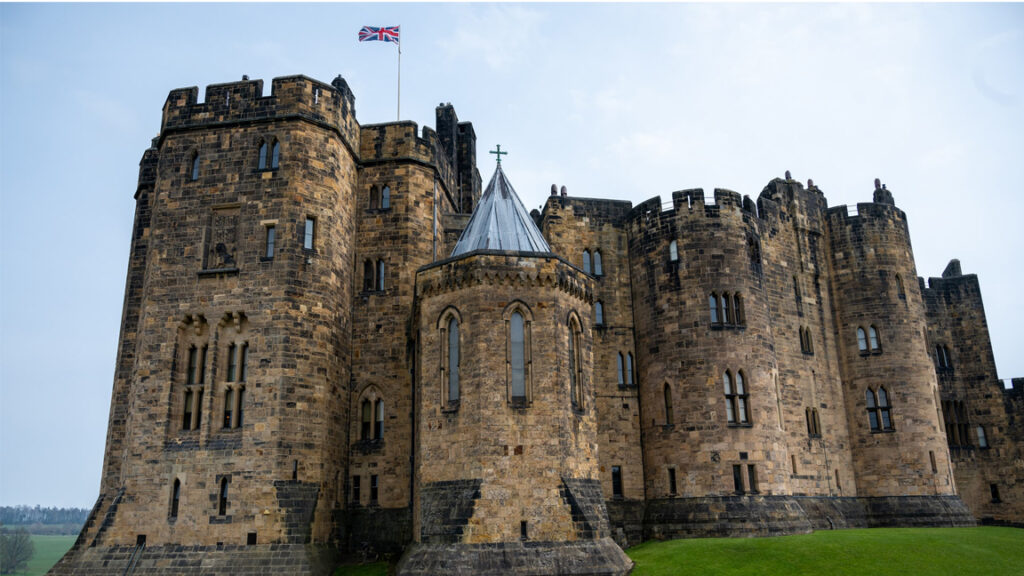
Home to Alnwick Castle and Alnwick Gardens. The oldest parts date back to 1096 following the Norman conquest and it has undergone renovations and remodels a number of times down the centuries. The castle was used for some of the external shots of Hogwarts in the Harry Potter series. In the centre of Alnwick is Barter Books, one of the largest second-hand bookstores in Europe and well worth a visit.
Alnwick can be reached easily on a direct bus in a little over an hour.
3. Hadrian’s Wall
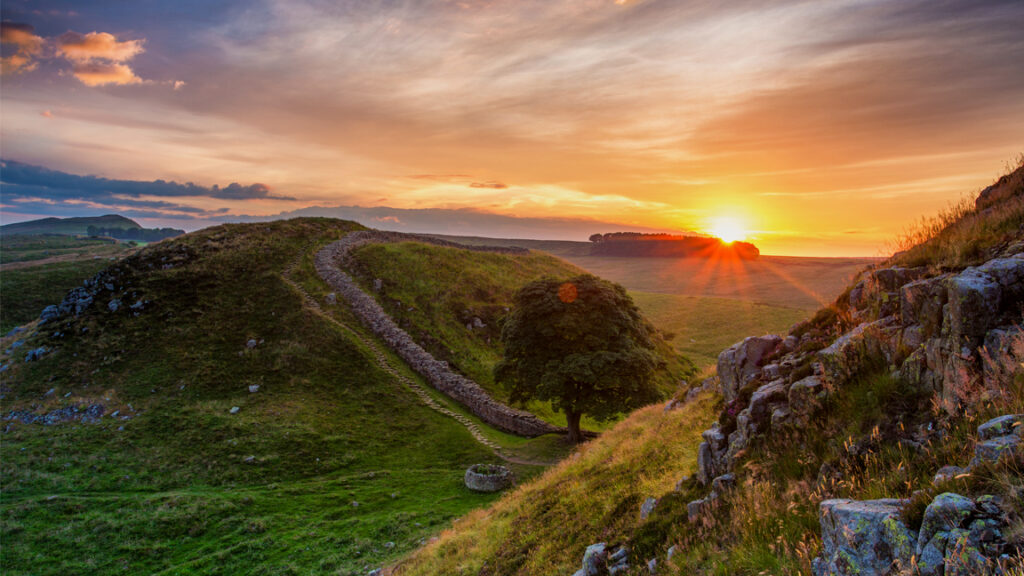
Hadrian’s Wall turns 1900 years old this year and there are a number of events and installations to celebrate. A significant portion of the wall still stands and can be followed on foot along the adjoining Hadrian’s Wall Path. The largest Roman archaeological feature in Britain, it runs a total of 73 miles (117.5 kilometres) spanning the width of Northern England. It was designated as a UNESCO World Heritage Site in 1987.
The best section is around the hamlet of Once Brewed and takes in the major fort at Housesteads and the iconic Sycamore Gap – used as a filming ocation in Robin Hood Prince of Thieves. This section is hard to reach on public transport and involves a few changes, travel by car is much easier.
4. Durham Cathedral
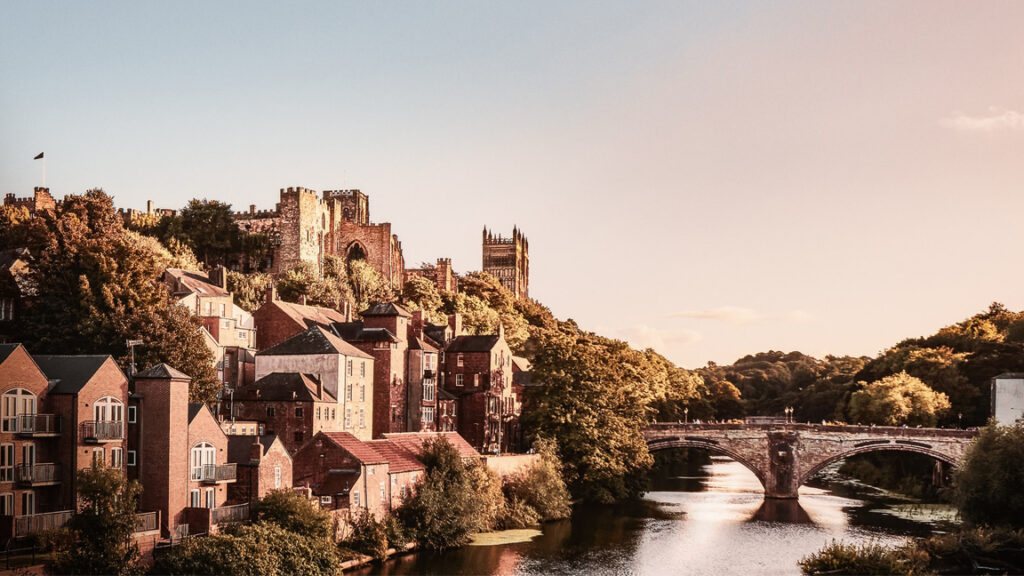
Durham Cathedral was built in the late 11th and early 12th centuries to house the relics of St Cuthbert and the Venerable Bede. It attests to the importance of the early Benedictine monastic community and is the largest and finest example of Norman architecture in England. In 1986 the cathedral and Durham Castle were designated a UNESCO World Heritage Site.
Durham is easily reached by train from Newcastle and takes around 15 minutes.
5. Bamburgh
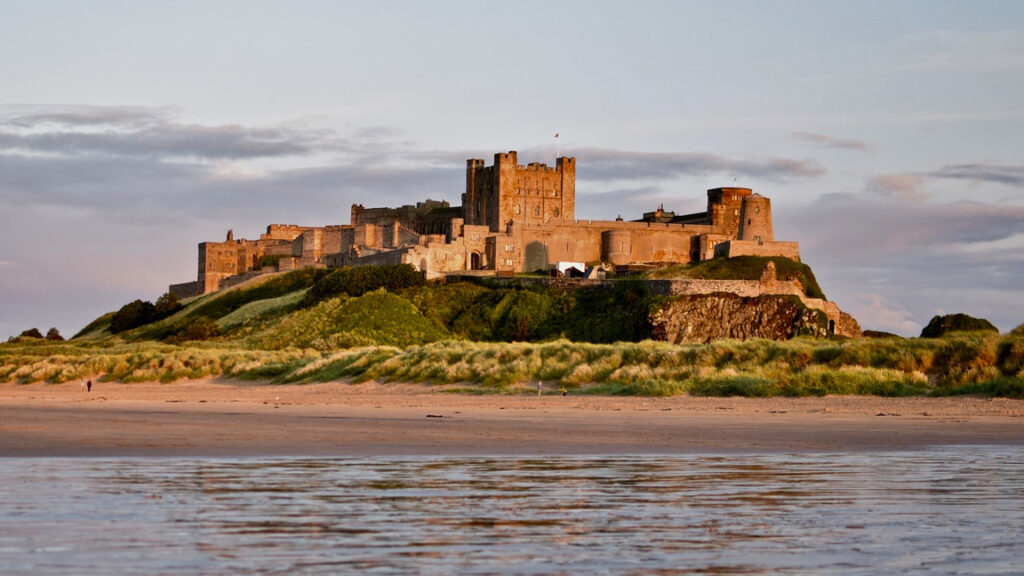
Bamburgh Castle is the crown jewel of the Northumberland coastline; a huge castle built on top of a rocky escarpment overlooking a pristine white sand bay. A fort has been here since 450 but the modern castle dates to the 17th and 18th centuries. The beach was ranked in the top 10 in Europe in the Trip Advisor Choice Awards this year.
Bamburgh is hard, though not impossible, to reach on public transport. It’s more than two hours on account of the many stops along the way, going by car is about an hour.
